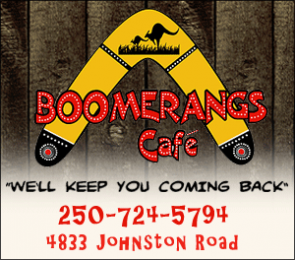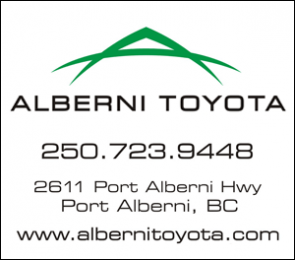The Pacific Coast is the most earthquake-prone region of Canada. In the offshore region to the west of Vancouver Island, more than 100 earthquakes of magnitude 5 or greater (large enough to cause damage had they been closer to land) have occured during the last 70 years. The reason for the concentration of earthquakes along the west coast is the active faults, or breaks in the earth's crust that occurs in this area.
The west coast of Canada is one of the few areas in the world where four tectonic plates meet and interact, and three different types of plate movement take place, resulting in significant earthquake activity. Plates move towards each other at converging, apart at diverging and past each other at transform boundaries. All three of these boundary types occur in offshore BC. What all that science means is that we spend a lot of time in the ACRD planning a response to an earthquake. An earthquake in the Alberni Valley may be at a lower risk than some other hazards potentially threatening our area, but the consequences if it occurs can be be very high.
During an earthquake, the best thing people can do to protect themselves is drop, cover and hold on. Objects such as light fixtures, bookcases, ceiling fans, mirrors, filing cabinets and other heavy objects can come crashing to the ground. The contents of cupboards, china cabinets, and bathroom cabinets can fall out. Anything hanging on the wall will fall as well. Most people who are killed or injured in their home in an earthquake are hit or crushed by falling objects. Getting under a heavy piece of furniture and holding on to it will provide protection from flying debris. The space under a heavy table or desk is likely to remain even if the building collapses- pictures from around the world show tables and desks standing with rubble all around them, and even holding up floors that have collapsed.
Take a few minutes and assess your personal earthquake risk:
Do you live in the tsunami inundation zone? The shaking from an earthquake is your warning of a potential tsunami and evacuation to higher ground needs to happen immediately.
Is your home secured to it's foundation?
Are heavy pieces of furniture like bookcases, china cabinets, shelving units,etc secured to wall studs?
Are mirrors, televisions or large pictures securely mounted?
Will the cabinets in your kitchen and bathroom remain closed during the shaking?
Is your hot water heater strapped to the wall studs?
Is your chimney in good repair?
Have a look at each room in your home with an earthquake in mind. Spending some time now to ensure your home is earthquake ready will help minimize damage and prevent injury during an earthquake. Look for more information on earthquake preparedness in future posts and at acrd.bc.ca under the "Emergency Planning" tab.
Preparing Your Home for an Earthquake in the Alberni Valley
Submitted by Emergency Planning on February 8, 2013.






